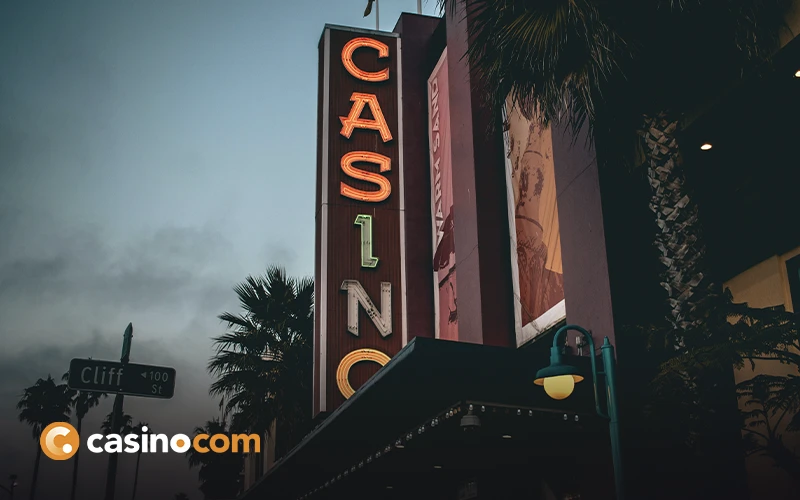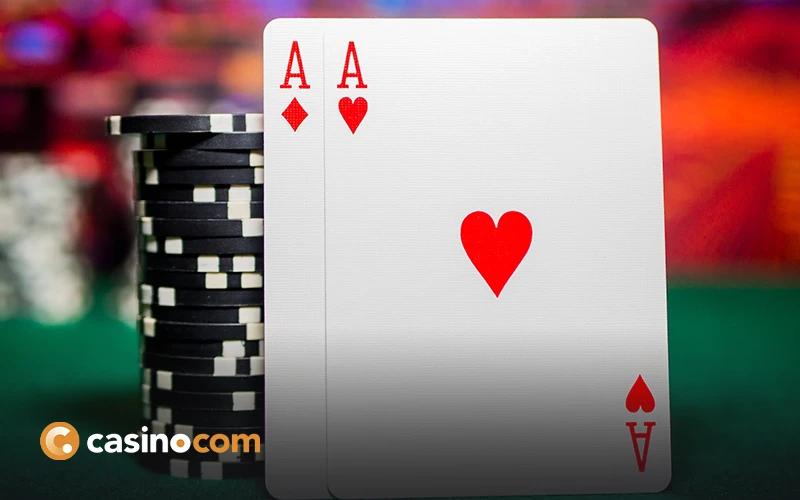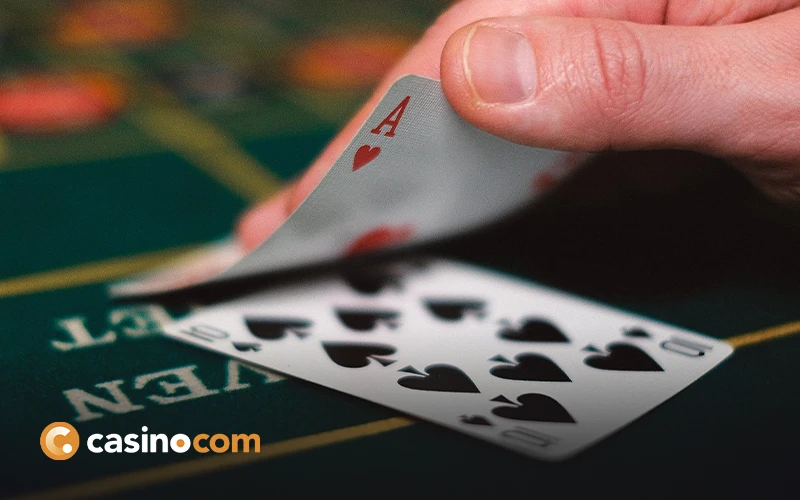It’s the commission that every architect dreams of: the opportunity to create a space dedicated to play, fun, opulence, and decadence. Casino design is a multi-faceted pursuit. It has to combine a serious punch of ‘the wow factor’, with the functionality of a working commercial space.
The challenge is real. Casinos – both online and offline – all contain the same fundamental suite of games. On the games floor are table games like Blackjack, Craps, Baccarat, Roulette, Poker, and assorted variants; usually segregated by table limits.
We take a look at some of the most beautiful casinos in the world, and examine some of the tricks that designers use to keep players at those tables.
The Friedman Factor
The Godfather of Las Vegas casino design is Bill Friedman. After managing two Las Vegas Strip hotels simultaneously, Friedman wrote the book Casino Management in 1974. He followed this, in 2000, with the sequel: Designing Casinos to Dominate the Competition.
Both books detail exactly how to keep players in the casino and playing at the tables. Complex layouts, low ceilings, pathways past busy areas, free drinks, no clocks. Every trick in the trade is used to keep the punters happy, busy, and spinning the reels. There is no straight route from A to B in a casino, instead the players in search of the exit will be taken down a labyrinthine route which allows them to see all the latest games on offer.
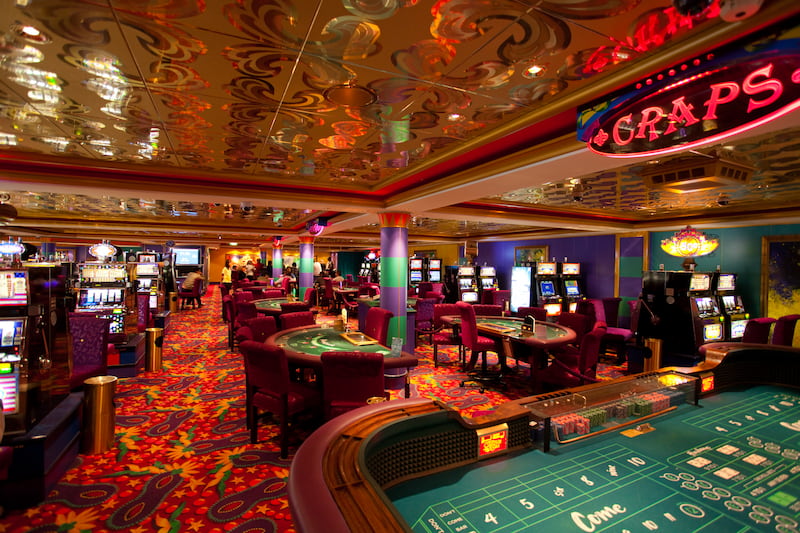
Friedman’s book was considered the ‘bible’ by many Las Vegas casino managers but the times are changing. Friedman believed that a flashy exterior was there simply to set the scene. Inside, every casino should conform to a uniform style; designed to do nothing more than max out potential player revenue.
Enter the Bellagio
When the Bellagio opened in 1998, its designers threw the Friedman bible away. Designer Roger Thomas wanted to try something new. He said: “If you think about it, the traditional layout makes no sense, people don’t want to make bets when they feel trapped or overwhelmed or confused. That’s not the mood you want.”
Thomas created a casino with high, soaring, ceilings; an open, expansive, layout. He ditched the slots in the foyer and replaced them with massive works of art. It was a space designed to restore the mind and spirit, as opposed to Friedman’s oppressive, bullying, environments. The Bellagio made the statement that there was more to Las Vegas than simply betting. It paid off: big time.
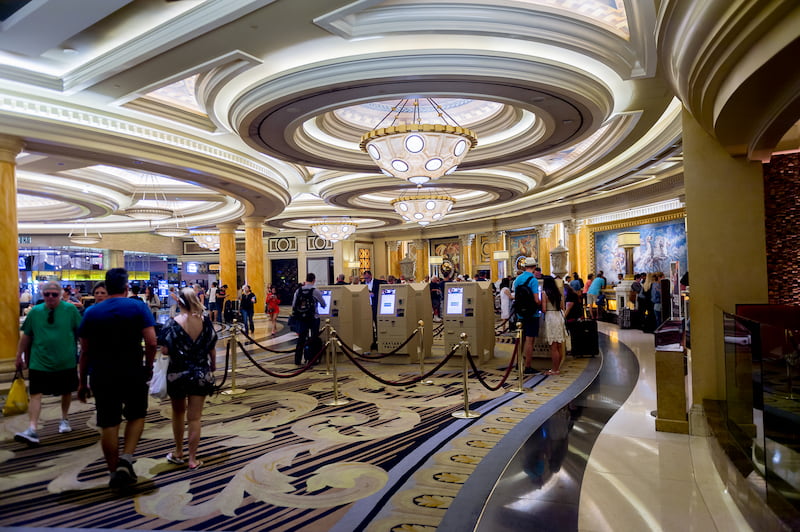
Today, the old school tactics of yesteryear have been replaced by modern casinos, where the emphasis is on fun and wonder. The first venue to herald this new generation of casinos was the Bellagio. Opened in 1998, at a cost of $1.6 billion, the resort has nearly 4,000 rooms, an 8 acre lake complete with dancing fountains, and a depth of detail and luxury never seen before.
The Bellagio was soon followed by Venice tribute act the Venetian and a swathe of achingly cool and stylish hotels like the LINQ, the Wynn Las Vegas, and the incredible ARIA resort and Casino.
The New Wave of Casino Designers
Inspired by the success of the Bellagio, in the past two decades, casino design has been a showcase for some of the world’s leading architects. In Las Vegas, Paul Steelman is developing the technology-loaded Circa, which features the Stadium Swim – six pools, on three levels, in front of a high definition 40-foot tall screen. Swim and watch the big game – simultaneously.
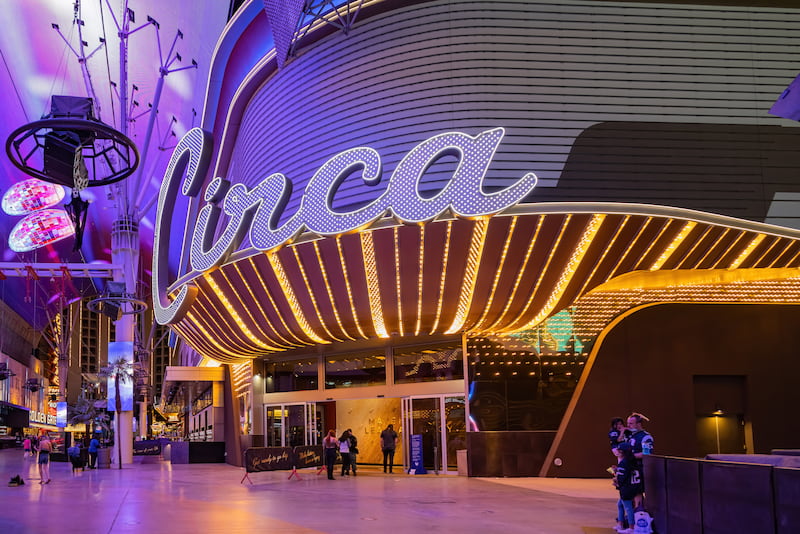
Also bonkers is the Odiseo casino in Murcia which features Europe’s longest, cantilevered, overhanging pool. It projects 20 metres out from the side of the incredible looking main building. Not forgetting the late Zaha Hadid and her amazing hotel-casino resort Morpheus, in Macau.
Morpheus and Macau
The influence of Las Vegas has filtered around the planet. In Asia, upwardly mobile economies are creating a fresh audience of wealthy people in search of entertainment and excitement. Macau is the go-to destination for lovers of casino action.
In 2018, Melco Resorts and Entertainment opened the five-star Morpheus. Designed by Zaha Hadid, and built at a cost of more than $1 billion, the hotel is a showpiece for the much-acclaimed late architect. It features a steel, curved, exoskeleton and exposed elevators.
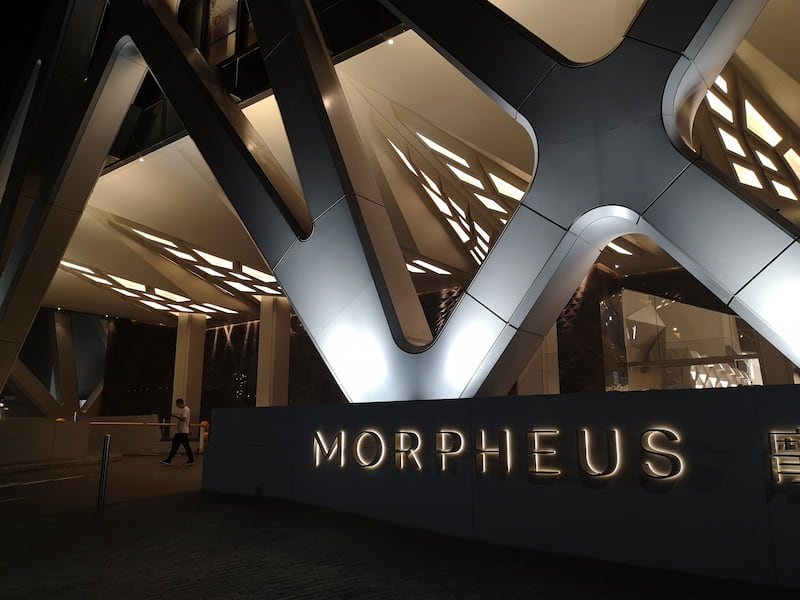
Melco chairman Lawrence Ho asked Hadid to create something ‘insane’. The exterior frame supports the building, leaving a spacious, mind-blowing, interior. Inside is a huge casino, housed in a totally unique and original, dramatic, alien-like, structure. Morpheus is arguably the only hotel in Macau without any previous architectural point of reference.
The Sands of Time
Another iconic Asian hotel and casino is the Marina Bay Sands complex in Singapore. Completed in 2010, it was the world’s most expensive casino property, costing nearly $6 billion. Designed by architect Moshe Safdie, the building looks like an ironing board with three towers and a three-acre sky park that straddles the top – complete with the world’s longest infinity pool.
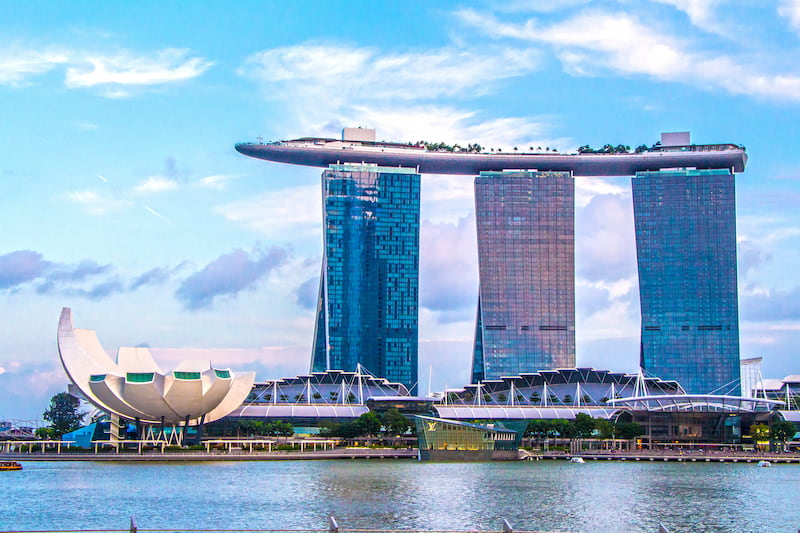
At the base of the building is the magnificent atrium casino, with 500 tables and nearly 2,000 slot machines, housed in a stunning 15,000 sq/m space. The architect says he was inspired by a deck of cards.
Go Strummer
One of the most bizarre buildings to see the light of day in recent years is the Seminole Hard Rock Hotel and Casino. Designed by Las Vegas-based Klai Juba Wald Architecture, the hotel is designed to resemble a guitar.
The incredible looking hotel was opened in 2019. The guitar reaches 450 ft into the sky and has 638 luxury hotel rooms. Located below is 30,000 sq ft of gaming space and nearly 200 table games.
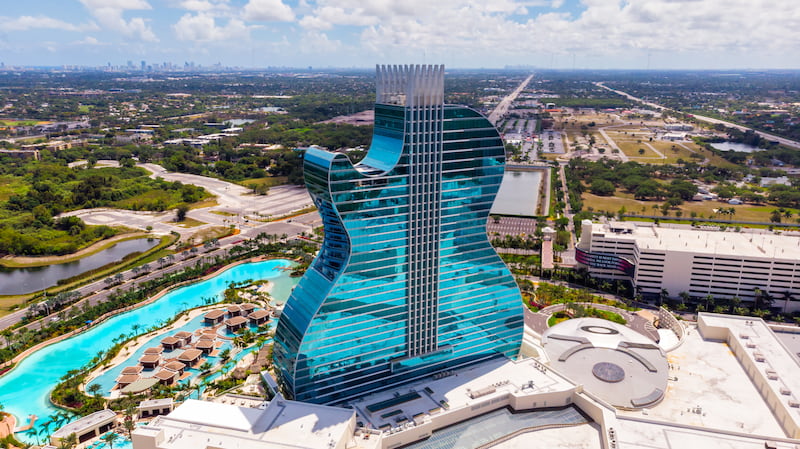
Casinos can be controversial but their architectural legacy is assured. They encourage developers and designers to really go for it, creating buildings where sometimes the form is more important than the function. Occasionally: beauty is in the eye of the bet holder.
Online Casino Design
Online, design is equally as important. It’s less than three
decades since Tim Berners Lee published the world’s first website, in April
1993. Today, successful websites must have intuitive, streamlined, design, as
well as a clear function, purpose, and easy navigation. It all combines to give
users a crisp, simple, and enjoyable end user experience.
Online casinos were one of the Internet’s first financial success stories. It’s enabled them to stay at the forefront of design and development. As connections and hardware accelerate, so does the user experience. The advent of the live dealer casino is proof of this.
Fundamentally, there is a significant difference between the
real-world casino and its online counterpart. In the real world, function is
only part of the game. The ‘wow factor’ is a huge part of the equation. Online…
people just want to find their favourite game, transfer funds, and enjoy. Watch
this space, however: evolution is never dull and great design is innovation
with benefits.

